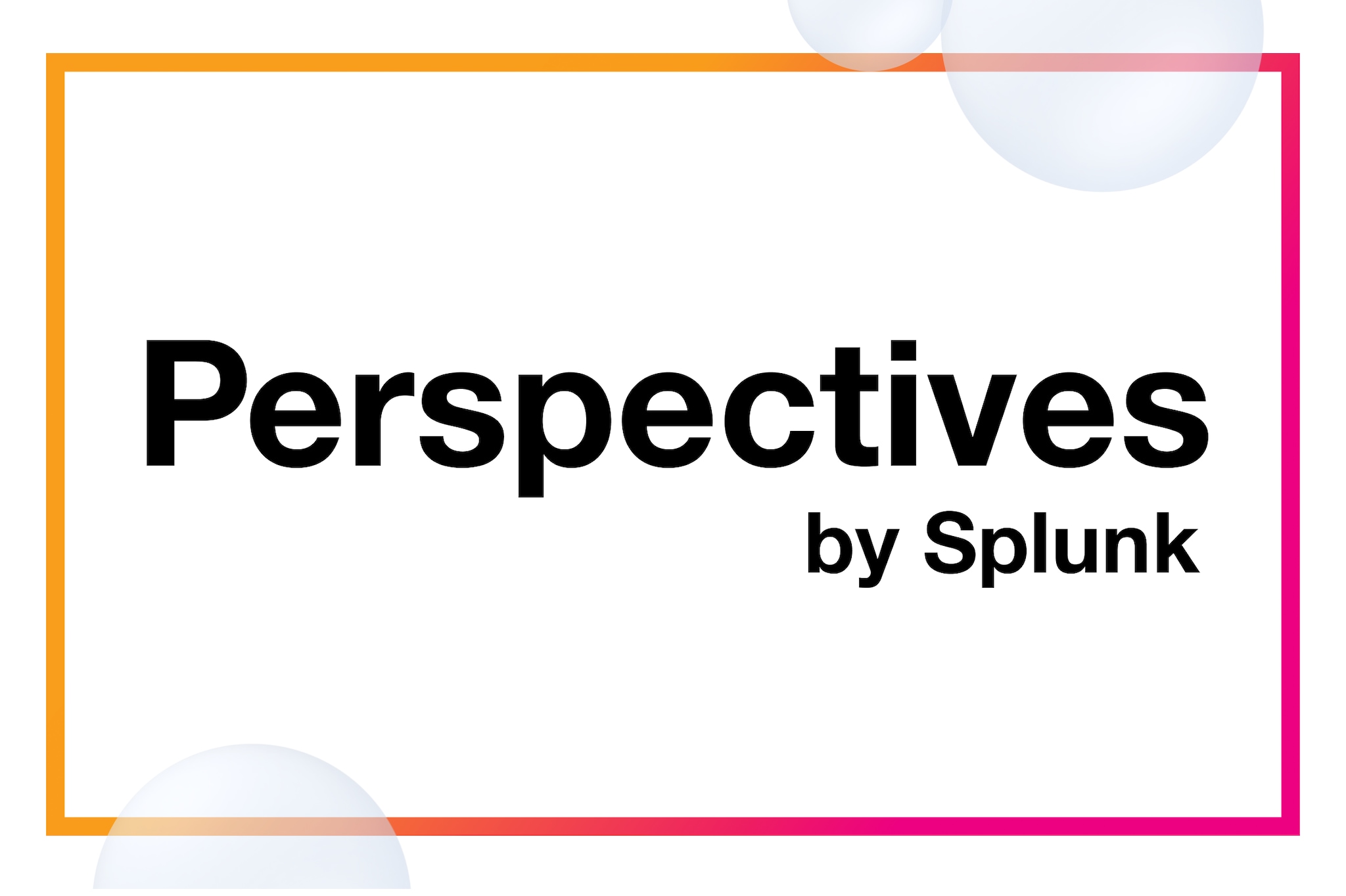Leading observability practices gain a competitive edge
As customer expectations and data complexity increase, leading observability practices are creating a competitive advantage. Our research shows that leaders consistently outperform their peers in several areas.
Leaders resolve issues quickly to dampen the impact of downtime, which costs Global 2000 companies $400 billion annually. They’re 2.3x more likely than beginners to measure their MTTR in minutes or hours, versus days, weeks, or even months. Leaders likely achieve this impressive speed because they don’t waste time chasing inaccurate alerts; a full 80% of their alerts are indicative of a real incident. They share tools and workflows with security teams for better context into issues, and 73% say they’ve improved MTTR thanks to this practice.
Developers at leading organizations are more productive, likely because they aren’t spending their time putting out fires or fixing mistakes. The majority of leaders push their code on demand 2.6x more than beginners, enabling their teams to release more services and products faster to delight customers. They do this thoughtfully, with a 22% higher change success rate than their peers.
All of this success leads to more value from their observability solutions; 92% say their observability solution cuts down on application development time, enabling them to bring products to market faster.
Platform engineering drives the developer experience
Leaders’ software development and deployment success is in part due to their leveraging of platform engineering, or teams that focus on developer productivity and engagement, and who free up software engineers from managing toolchains so they can dedicate time to what they do best: pushing new, revenue-generating products to market. Leaders are more likely to have dedicated platform engineering teams, with 73% of all respondents saying they’ve implemented platform engineering.
Organizations with platform engineering teams are seeing the payoffs, with 55% citing their top achievement as increasing IT operations efficiency. Standardization is where platform engineering really shines, as 90% agree that these teams’ efforts to standardize operations have been successful. Platform teams are particularly successful in driving security and compliance standards that are instrumental in achieving high-demand certifications like FedRAMP. What’s more, 58% of leaders say their development teams view platform engineering as a competitive differentiator.
Exploring the benefits of AI, OpenTelemetry
Platform engineering isn’t the only trend that’s here to stay; OpenTelemetry is well on its way to becoming the industry standard for collecting application, infrastructure and end user experience telemetry data as flexibility and control become essential, with well over half (53%) of all respondents embracing it. OpenTelemetry enables organizations to skip vendor lock-in and proprietary agents, aligning with nearly three-quarters (73%) of respondents who say its main benefit is access to a broader ecosystem of technologies.
Traditional AI and ML continue to be staples of observability, with 97% of respondents using these capabilities to enhance observability operations. Specifically, 56% use AI and ML to correlate events and prioritize alerts. But generative AI remains relatively uncharted waters. Although 84% say they’ve explored these features within observability platforms, a mere 13% have actually adopted them.
Read the full report for more findings on trends like OpenTelemetry, AI, and platform engineering, and for recommendations from Splunk experts on how to build a leading observability practice.






